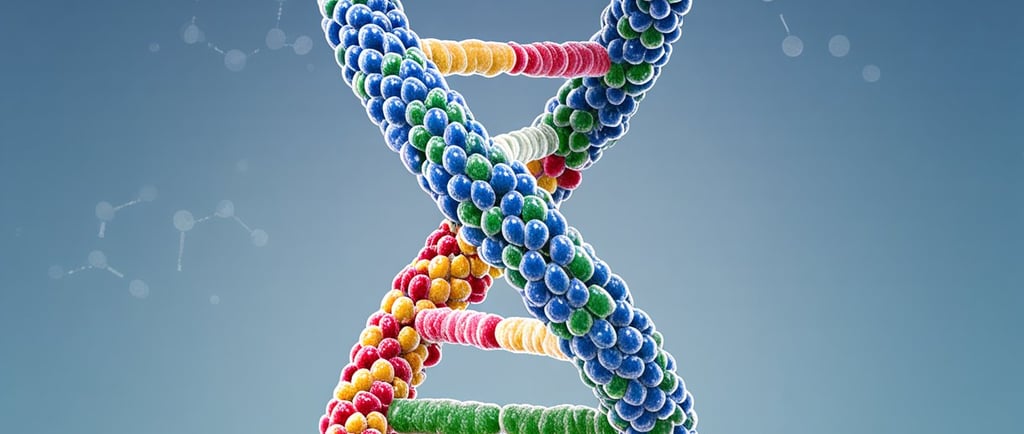Understanding p53: The Guardian of the Genome


Introduction to p53
The p53 protein, often referred to as the 'guardian of the genome', plays a vital role in maintaining cellular integrity. Found in nearly 50% of humans, each cell typically contains two copies of the p53 gene. This remarkable protein operates as a key protector against mutations that can lead to cancer, making it indispensable in cellular health and tumor suppression.
The Protective Mechanism of p53
p53 functions primarily by regulating the cell cycle and inducing apoptosis, the process through which damaged or mutated cells self-destruct. When DNA damage occurs, the p53 protein is activated and assesses the extent of the damage. If repair is possible, p53 temporarily halts the cell cycle to allow time for repair mechanisms to take place. In instances where the damage is beyond repair, p53 triggers apoptosis, efficiently eliminating potentially cancerous cells. This ability to swiftly and accurately respond to cellular stress is what underscores p53's designation as a guardian.
The Significance of p53 in Cancer Prevention
Research has shown that mutations in the p53 gene are prevalent in various forms of cancer, accounting for nearly 50% of all tumors. The loss of p53's protective function unshackles damaged cells, allowing them to proliferate uncontrollably, thus leading to tumor growth. Understanding the mechanisms that govern p53 activity can provide important insights into cancer therapies. For example, restoring the function of mutant p53 proteins or enhancing the pathway of apoptosis could lead to innovative cancer treatment strategies.
To summarize, p53 is not merely a protein; it is a critical safeguard against the onset of cancer. Through its protective mechanisms, it ensures that damaged cells are either repaired or eliminated, contributing significantly to overall genomic stability. Researchers are continuing to explore the multifaceted roles of p53 in cellular processes, shining a light on potential future therapies aimed at harnessing its protective capabilities.
